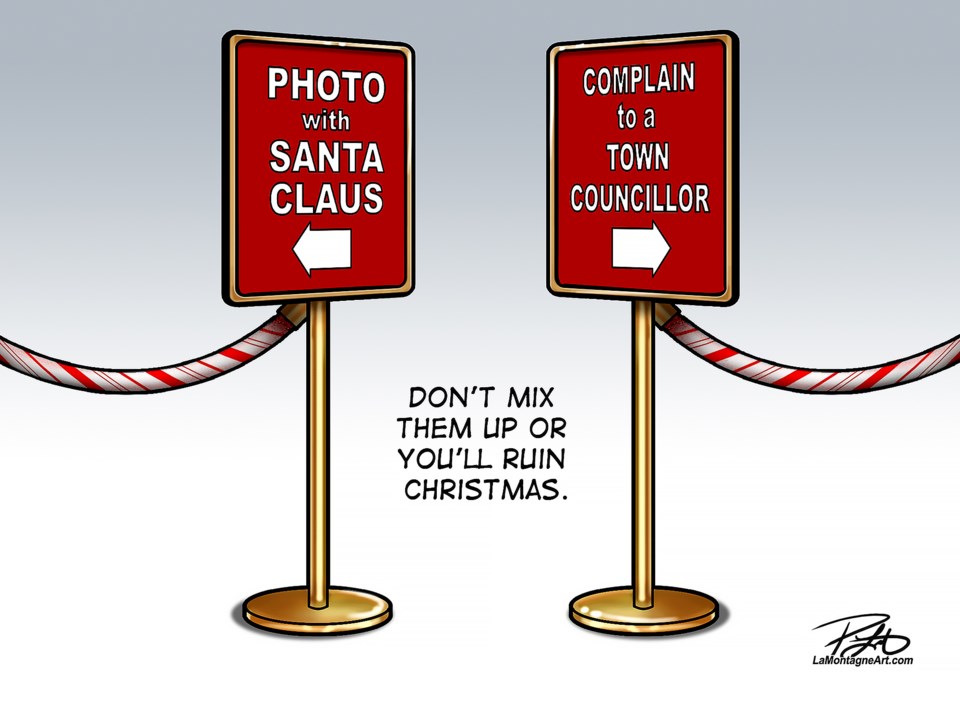Allowing people to have a voice to give feedback on issues that impact their community is among the most important aspects when it comes to decision-making, particularly in the public sector.
Of course, hearing from residents doesn’t mean everyone is going to get their way. But when listening to as many voices as possible, you can better reflect the needs and wants of a community.
Although it can be polarizing and sometimes painful, public engagement is essential in making properly assessed and well thought out decisions. Though people will criticize decisions made by levels of government, the system is designed to move slowly to produce the best possible result.
It’s not a race to the finish line, but an aim to end with the best possible decision for the community, province or country.
As part of Alberta Municipalities’ Future of Municipal Government webinar series, the paper Community Engagement in Local Communities: Hearing the Voices of the Public outlines the importance of having good public engagement.
Written by Kimberly Jones of the University of Calgary’s School of Public Policy, it highlights that “at its best, community engagement gives valuable resident insights to decision-makers. … When done well, community engagement can widen the perspectives that are taken in decision-making, provide opportunities for better communication and relationship-building with a wide range of the public, bring new perspectives and ideas into the process and lead to better decisions.”
Among the recommendations are having officials going to where people are rather than having them come to public sector staff and elected officials, using online engagement, launching engagement as early as possible, being clear and avoiding misleading people of expectations, continuing with engagement as a policy or plan is being implemented and speaking to those in opposition of what may be discussed.
In Banff, the Town and council have an exemplary record with engaging the public. Rarely is there a topic at council that fails to discuss ways to engage residents prior to decisions being made.
While it can be sometimes stated the polarization of popular topics has led to a lessening of discourse, one look at the past says otherwise.
Prior to videos coming to council and legislative chambers across the country, it was not uncommon for fist fights to break out and screaming matches to ensue. In Canmore, one area structure plan in the Cougar Creek area about 20 years ago led to multiple dead beavers being presented to council members.
The reality is when people are invested in certain topics there are always going to be passions displayed and tempers can flare in moments when common sense can take a back seat.
The role of public engagement, like nearly anything else in life, is constantly evolving. Setting up a booth at an arena on a Saturday afternoon may have worked four decades ago, but it may not be the best path in modern times.
What may work in one community, may not be best practice in another.
Being nimble and open to being adaptive to change is necessary for hearing from people and having a two-way process for engagement.
Though engagement processes can be difficult, when people feel heard they are more likely to accept opinions or decisions made that differ from theirs. An expectation from the public, regardless of what area in the country they’re from, is that if it’s a matter that’s important to them they will be engaged or have an opportunity to give an opinion.
As elected officials or public sector employees, you can never turn your back when the public is attempting to give feedback.
CLARIFICATION: The original version of the editorial seven members of Canmore council receiving a dead beaver. However, there were only two to three – though a specific number isn't known – beavers given to council as a whole.




